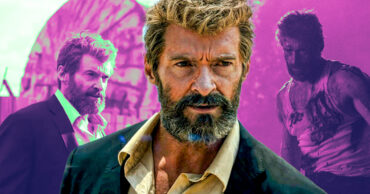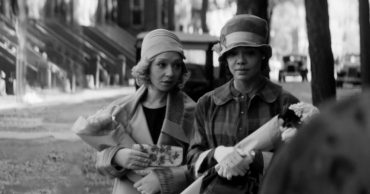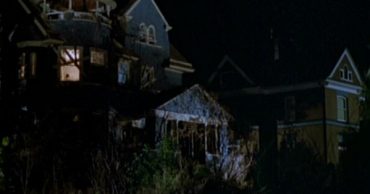
It’s been over ten years since David Fincher introduced the world to his version of The Girl with the Dragon Tattoo. Rooney Mara headlined the feature as Lisbeth Salander and the film was highly regarded by critics and audiences. Originally, Fincher planned to write and direct the sequels, The Girl Who Played With Fire and The Girl Who Kicked The Hornet’s Nest with Sony confirming the news themselves; however, constant delays and rewrites saw the studio opt to go with a reboot instead, which brings us to The Girl in the Spider’s Web. That film bombed commercially and critically. Sony jumped the gun by rushing Fincher and the sure-fire franchise turned out to be a dud in the end. It’s been ten years since the original cast was in their roles, but Daniel Craig and Rooney Mara don’t exactly look all that different.
The Girl with the Dragon Tattoo series is such a rich lore that Sony should ask to bring Fincher back into the franchise, should the director want to do it again. The reason The Girl in the Spider’s Web didn’t come close to matching the quality of the David Fincher feature was due to stripping everything nearly unique about Lisbeth Salander to fit her in an action heroine mold. Sure, she still had the tattoos and piercings, but Lisbeth was NOT an action heroine. She is an awkward, damaged soul who understands the differences between right and wrong, but didn’t do anything for the purpose of trying to save others. In the film, she’s known as “the girl who hurts men who hurt women,” and in the context of the story, it makes sense. Lisbeth is raped by that vile pig in the first film and the cold case of Harriet’s Vanger’s disappearance brought another sicko who killed numerous women to justice. However, Lisbeth is a crafty and intelligent individual, not some butt-kicking warrior who clearly took some James Bond class during her time away from the big screen.
David Fincher knew and understood the story, but more importantly, the characters. There are too many complex layers about Lisbeth that was pushed aside for a feminist agenda. Sony wanted a female James Bond, opting to ignore what made the two incarnations of the series so wildly popular. It isn’t just about the case that Lisbeth solves. She didn’t feel like an ordinary girl and that’s the charm to her character. Fincher’s version is slower that the sequel, but it perfectly underlines the tone or the world and the interesting dynamic between Mikael Blomkvist and Lisbeth. In fact, The Girl in the Spider’s Web barely uses Mikael, erasing their relationship that was established in the previous entries. The studio can simply pretend that the last entry didn’t exist and restart the gears of The Girl Who Played With Fire. What’s great about that story is the premise sees Lisbeth Salander being a marked woman. Given the time period of the live-action feature, this could easily explain the aging process of both characters with the need for dialogue.
Again, Daniel Craig and Rooney Mara don’t particularly look so much different from their 2011 appearance so its doesn’t have to be addressed, but the story arc does give Fincher some leeway to play with that as well. The long game should’ve been more important than Sony’s rush to shell out the next product as soon as possible. This is David Fincher. The director of Fight Club, Seven, and The Social Network, and while abiding contracts is vital, this could’ve been another lucrative franchise for the studio had they played their cards right. Given the success of The Girl with the Dragon Tattoo, then the director has proven he can handle the series if allowed the creative freedom to do so. No offense to Fede Alvarez, as it was likely a greenlight from Sony (this is only speculation) to make the series more mainstream friendly, but it never came across as the filmmaker truly knew how to handle the source material even with the possible restrictions.
Could another filmmaker swoop in and continue on with the franchise? It wouldn’t be easy, but it’s not impossible for another director to come into the series and steer it back into the right direction. They could even bring in Daniel Alfredson, the filmmaker who directed the Swedish versions of The Girl Who Played With Fire and The Girl Who Kicked The Hornet’s Nest. But the key thing is that David Fincher’s version was both a commercial and critical success. It’s unlikely to happen due to the time frame, but it’s a shame that a once promising adaptation of the popular novel was wasted because of Sony’s impatience.
 Follow Us
Follow Us





